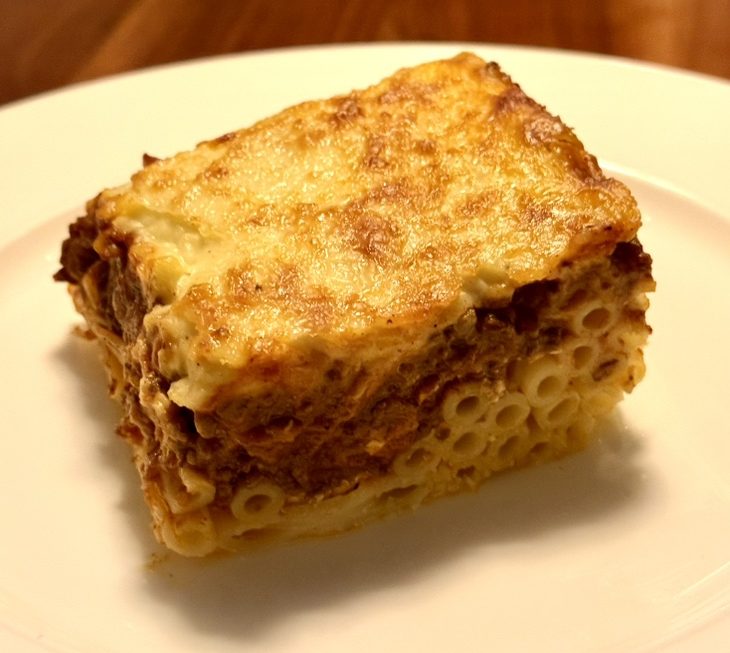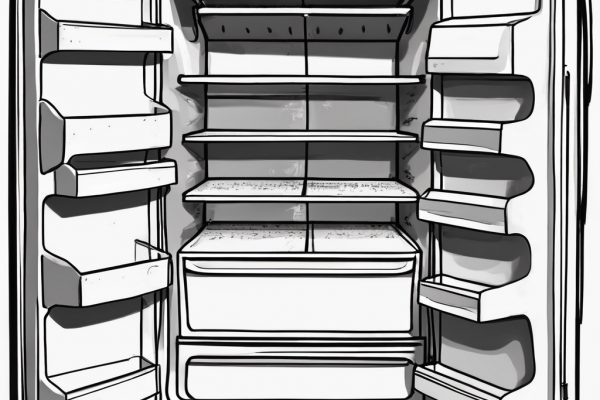The recipes in this blog are primarily written for our NextGens, who are currently studying. A dish like this one is extremely practical, especially if you want to cook for a shared apartment or a large number of guests.
The name pastitsio comes from the Italian “pasticcio,” which refers to a (pasta) casserole or cake (in the sense of a pie). The Greeks adopted the term and turned it into something unique.
Pastitsio, as it is served on Greek family tables today, dates back mainly to the 20th century. The influential chef Nikólaos Tselementés, who enriched Greek cuisine with French techniques, created pastitsio with béchamel sauce and topped with cheese.
This type of pastitsio consists of three layers:
Bottom layer: Tubular pasta such as bucatini or ziti, lightly bound with egg and cheese.
In the middle: a spicy minced meat sauce, usually beef or lamb, with tomatoes, and always seasoned with cinnamon. If you want to eat meat-free, simply prepare our vegetarian ragù Bolognese and adjust the spices accordingly.
On top: a thick, creamy béchamel sauce, often enriched with egg and cheese, which turns golden brown when baked.
The similarity to moussaka is obvious, and instead of repeating everything, we will refer you to our (really very good) recipe for it now and then.
The meat sauce takes the longest to prepare, so start with that. Onions, garlic, ground beef (or mixed with pork or lamb), and tomato passata are essential ingredients. As with moussaka, you can also use tomato paste, and you can generally take your cue from the moussaka recipe.
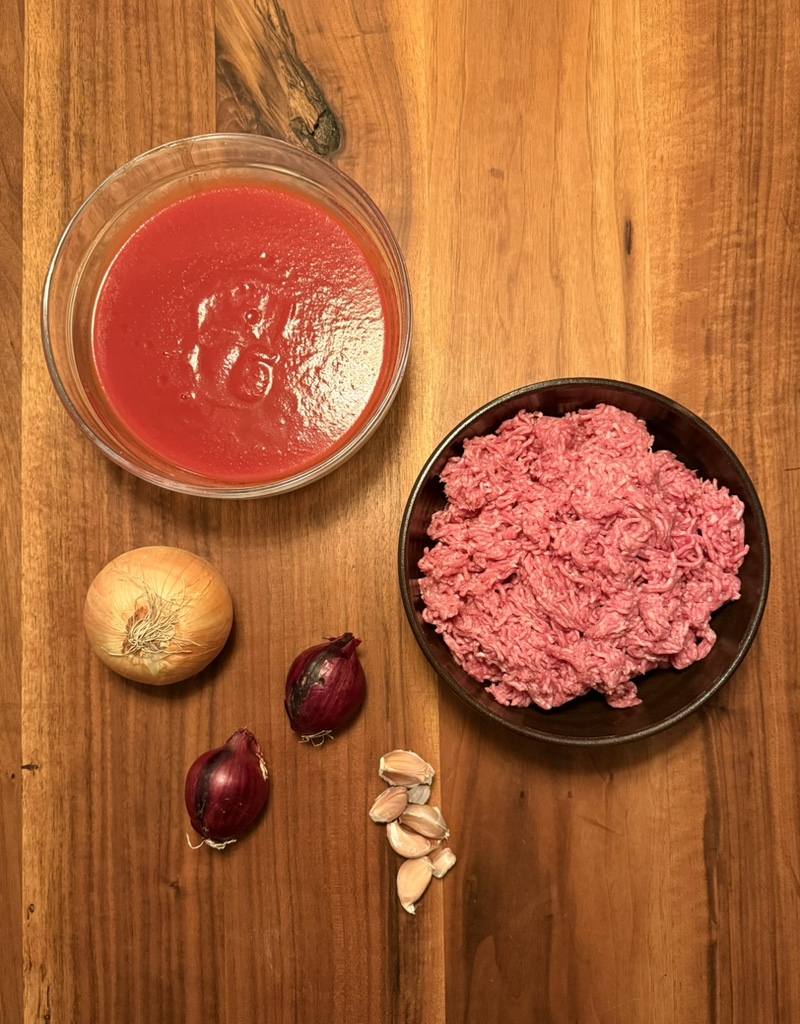
Chop the onions and garlic and sauté in a little olive oil over medium heat until translucent and fragrant. This only takes 2–3 minutes.
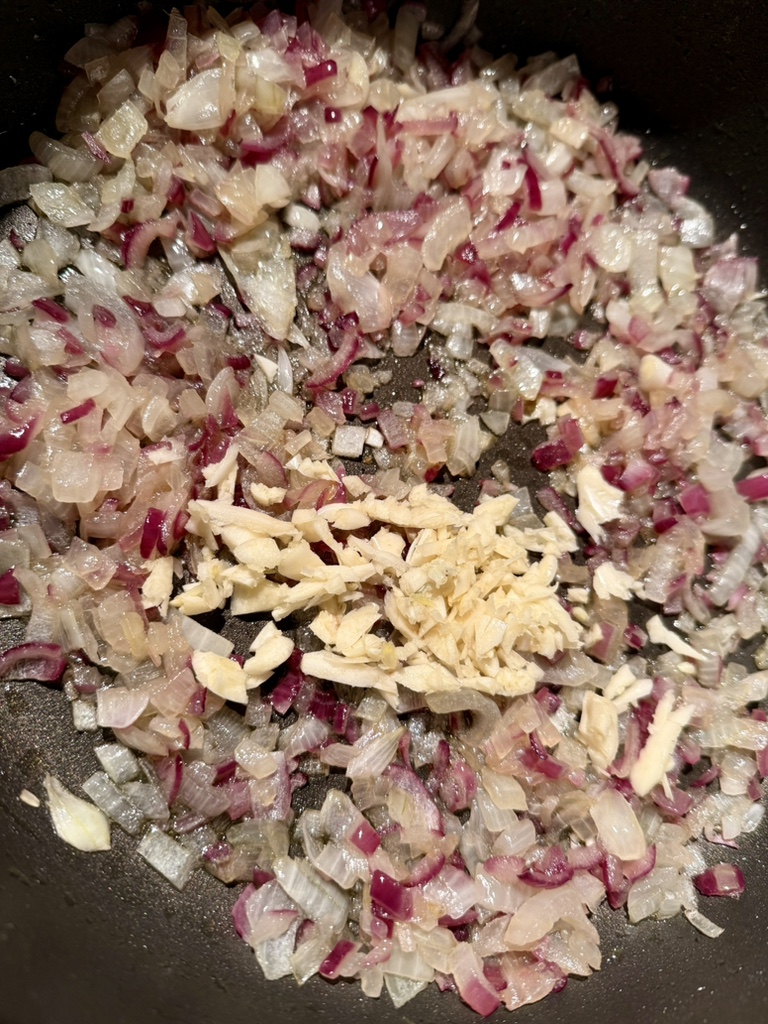
Add the meat and fry until crumbly. Leave it in the pot for a short time so that it can brown on the bottom of the pot and develop roasted aromas – then break it up with a wooden spoon or spatula, turn it over – and so on. Once it is browned, add the spices.
These are bay leaves and cinnamon (as powder or a stick, which is cooked with the meat and removed later) and, in our case, sweet paprika and chilli, ground cloves and/or allspice, and black pepper.
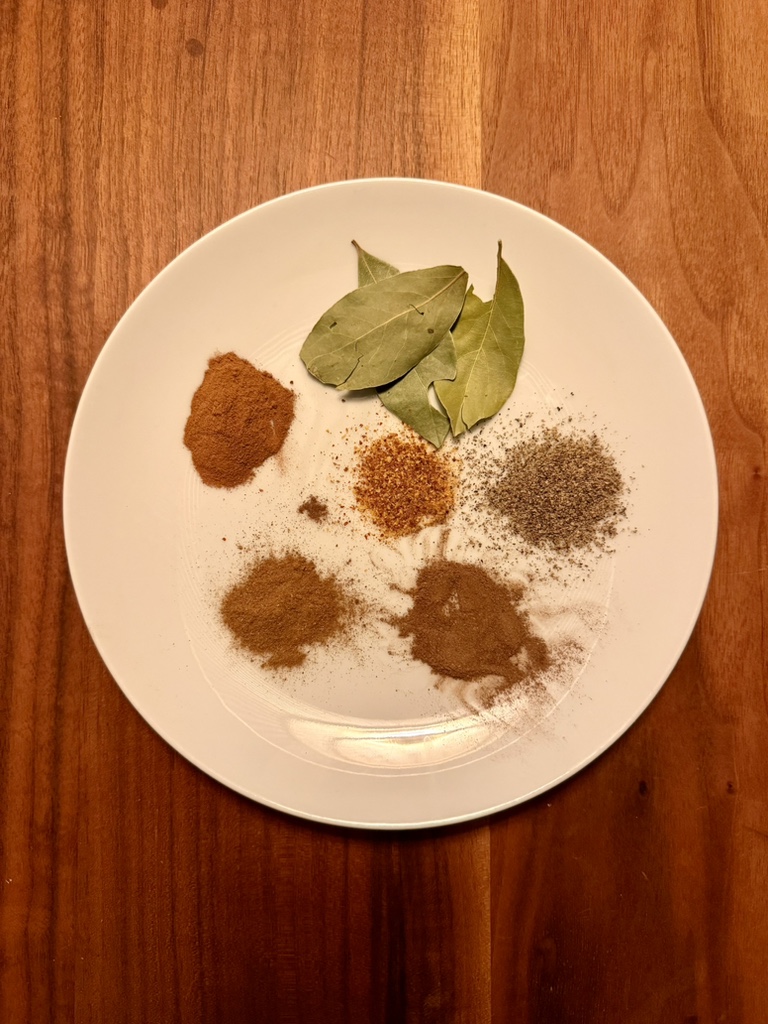
Add everything to the meat, stir well and fry for 2 minutes…
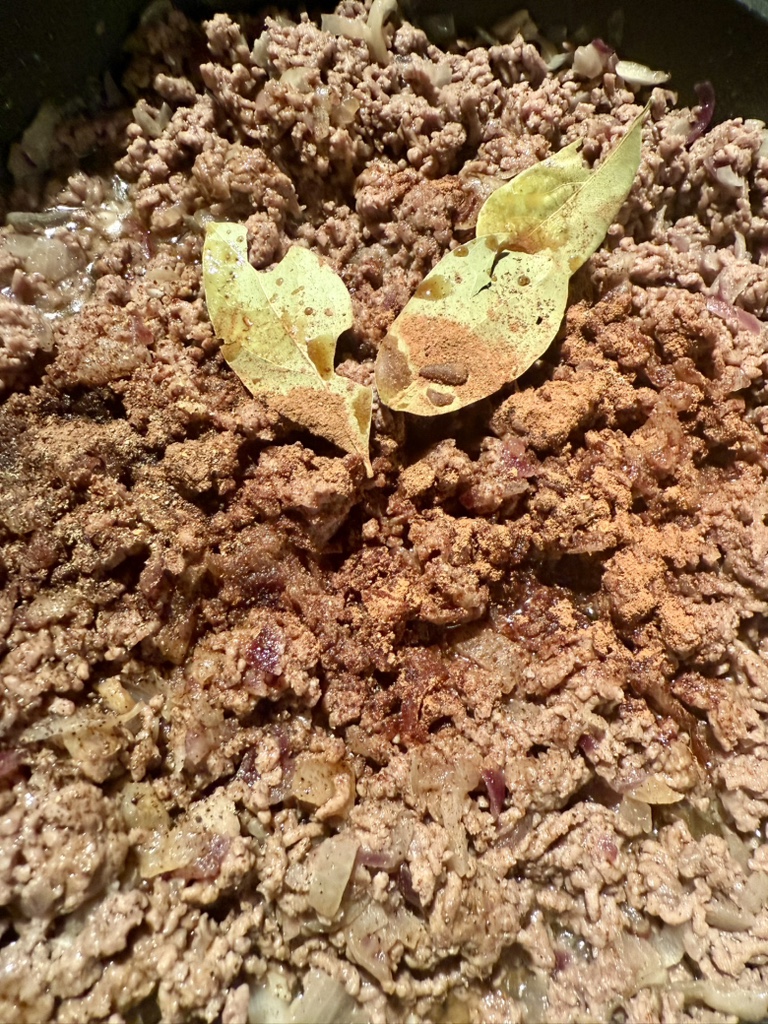
…before adding the tomato passata. Mix well again and simmer on a low heat for 45 minutes, or longer if desired. If you like, you can also add a little red wine to the meat at this point and let it reduce.
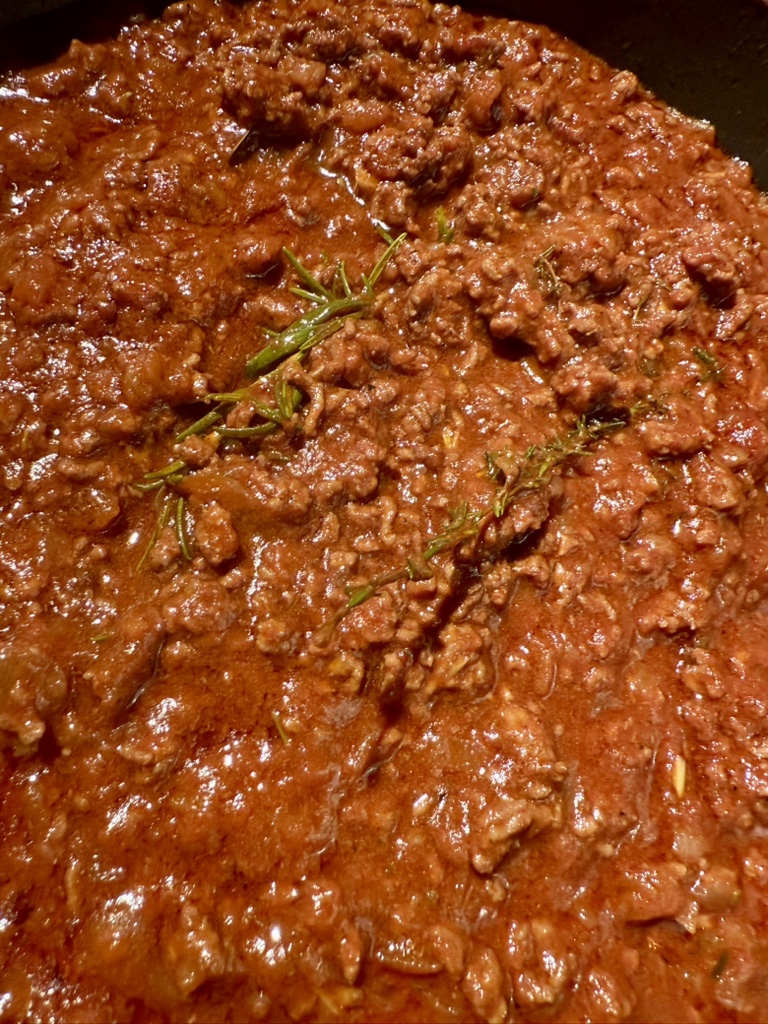
We are currently harvesting the last herbs of the season and have added sprigs of rosemary and thyme to the sauce – you won’t find this in other recipes, but it goes well with it
Today we are using ziti, which are harder to find than the slightly thinner bucatini. We also need feta cheese and eggs, which we separate into egg whites and yolks. You will also need a baking dish that is at least 5 cm high.
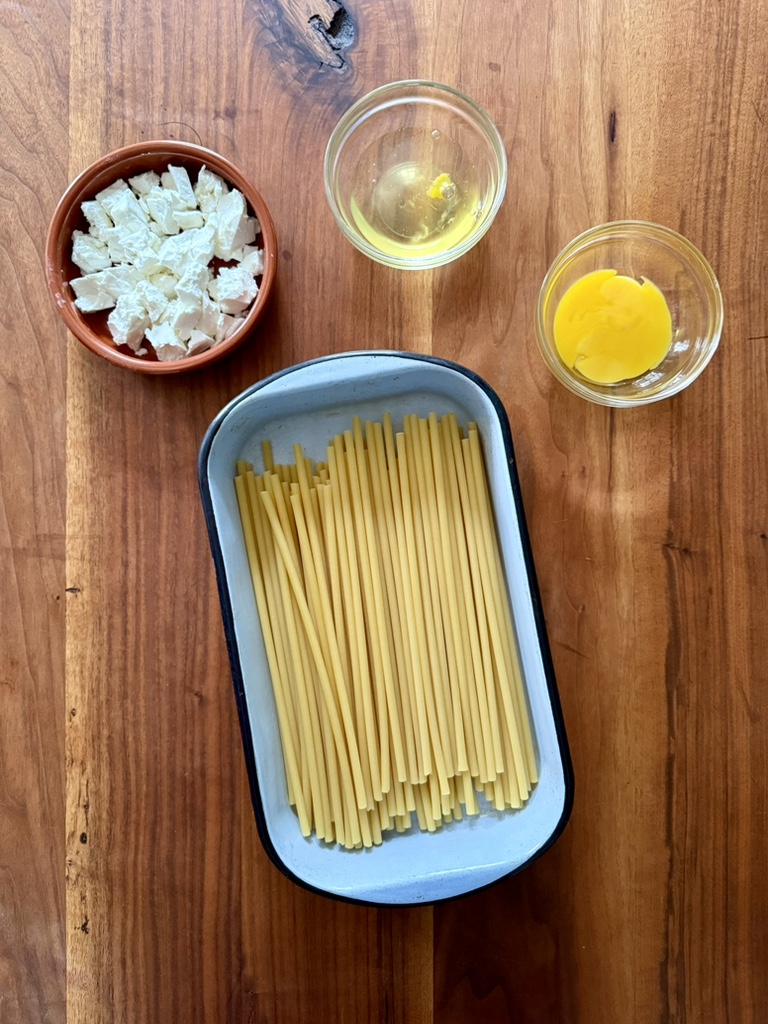
Next, we make a béchamel sauce, exactly as described in the recipe for moussaka. Season with nutmeg and black pepper.
Stir Parmigiano Reggiano (or Grana Padano or Pecorino) and the egg yolks into the slightly cooled béchamel sauce. In Greece, Kefalotyri or Graviera cheese would probably be used here.
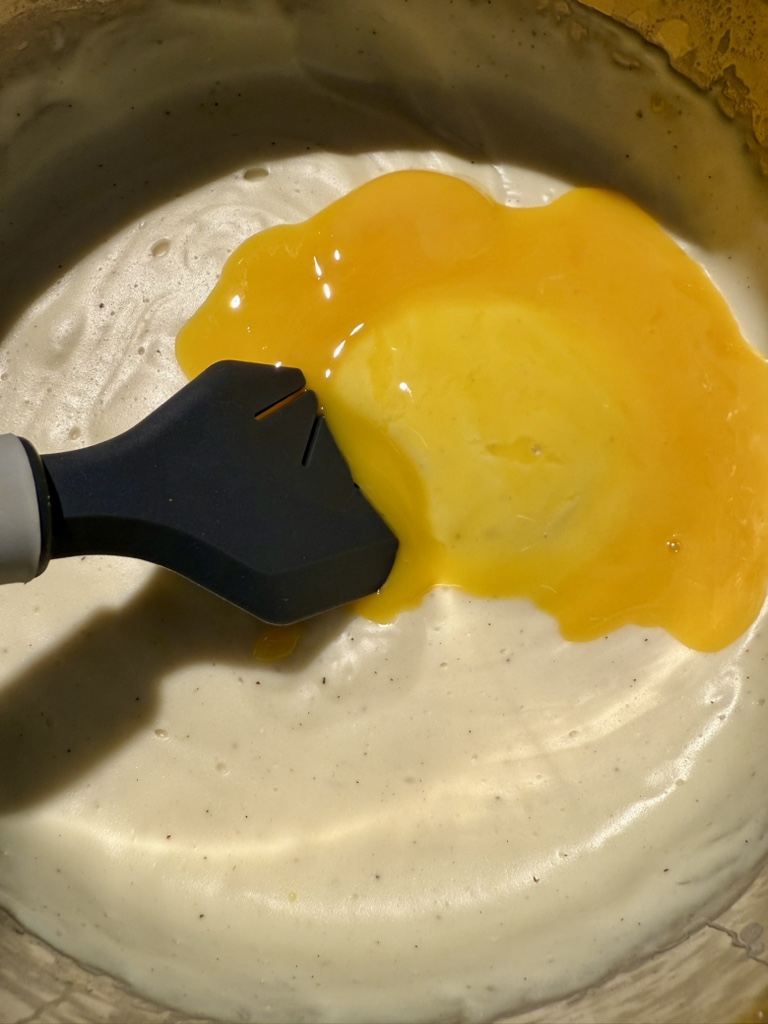
Cook the pasta, but for 3 minutes less than indicated on the packet for ‘al dente’, as it will continue to cook in the oven.
Coat the baking tin with olive oil, mix the pasta with crumbled feta cheese and egg white, and arrange it more or less lengthwise. However, you don’t need to be too precise about this (nor could you).
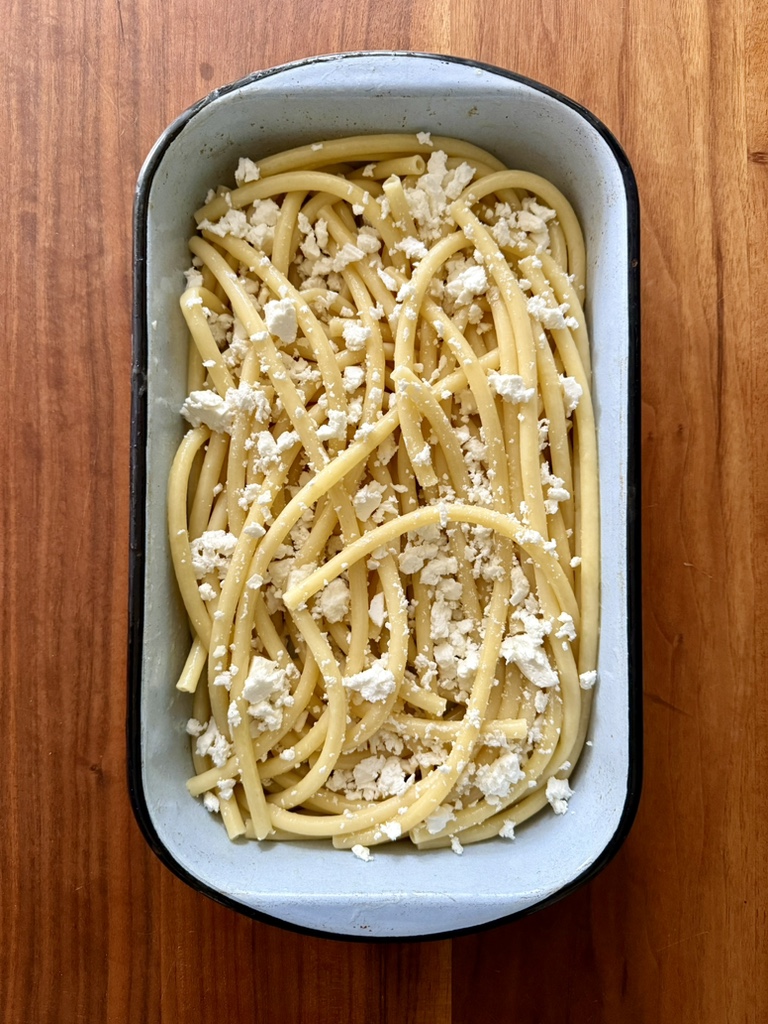
About a quarter of the béchamel sauce is stirred into the meat sauce, then this is poured over the pasta and spread evenly. We compress the mixture by tapping the baking dish a few times on the work surface.
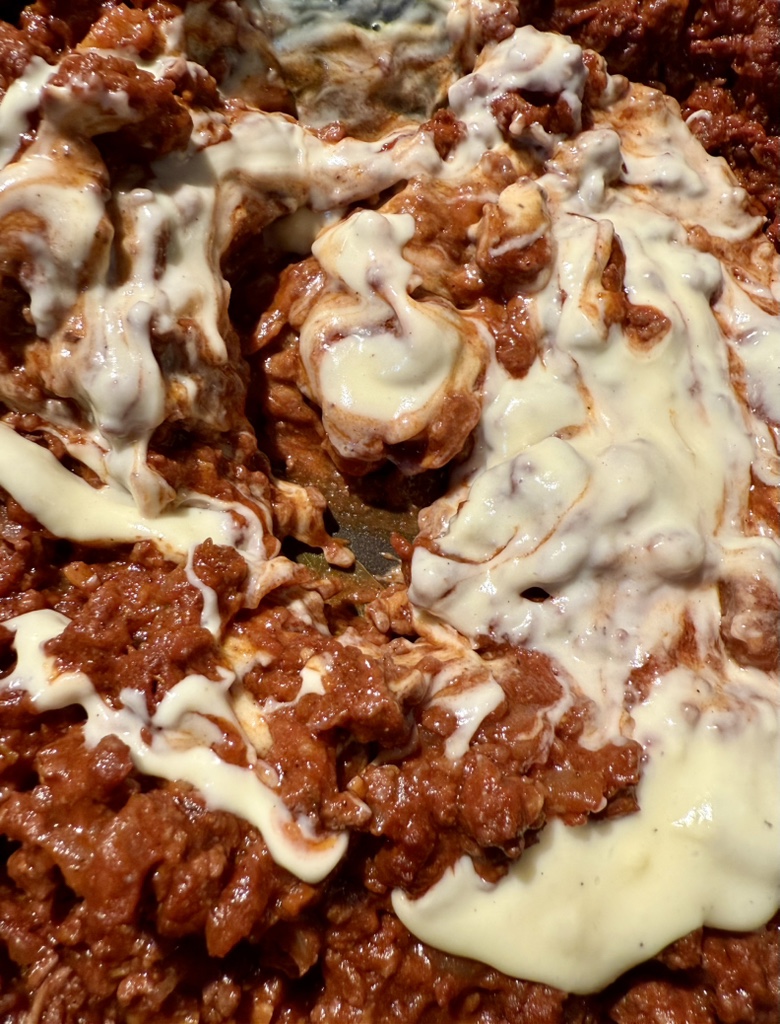
The remaining béchamel sauce is added as a third layer. It is best to use the back of a tablespoon dipped in water to smoothen it out. Finally, we grate a thin layer of Gruyère cheese over the top, but other hard cheeses such as Parmigiano would be equally suitable.
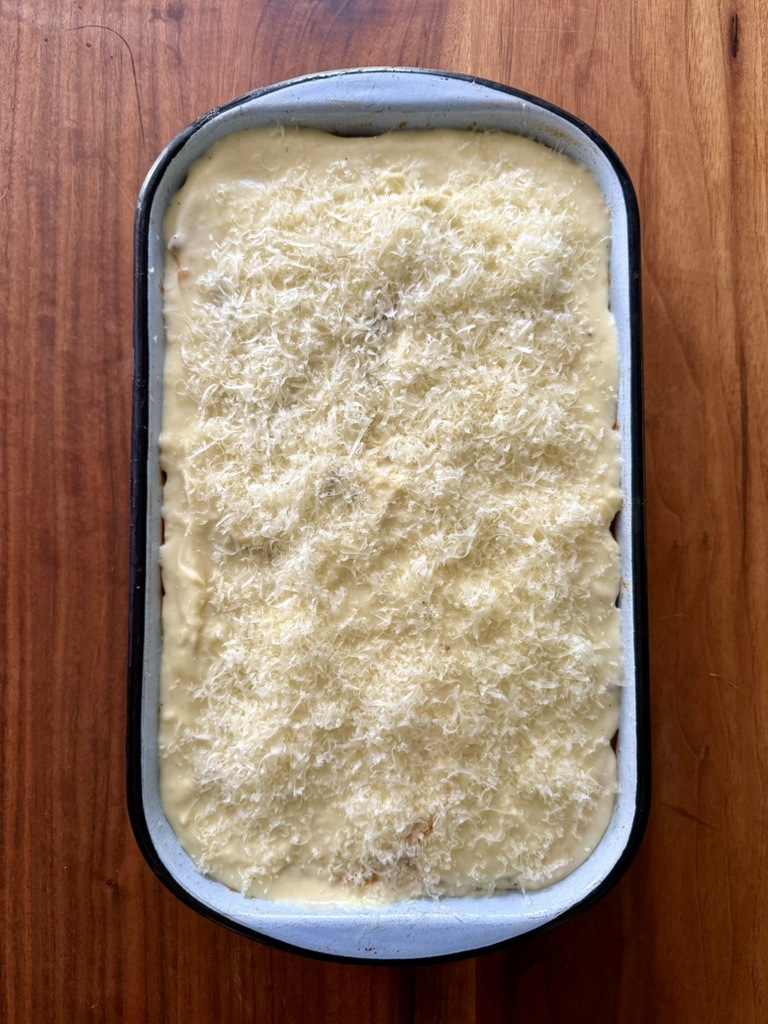
Bake in a preheated oven at 180 °C with fan for around 45 minutes. Check the surface after 35 minutes – if it is bronze-coloured, remove the baking tin from the oven and leave to cool for at least 20 minutes before serving.
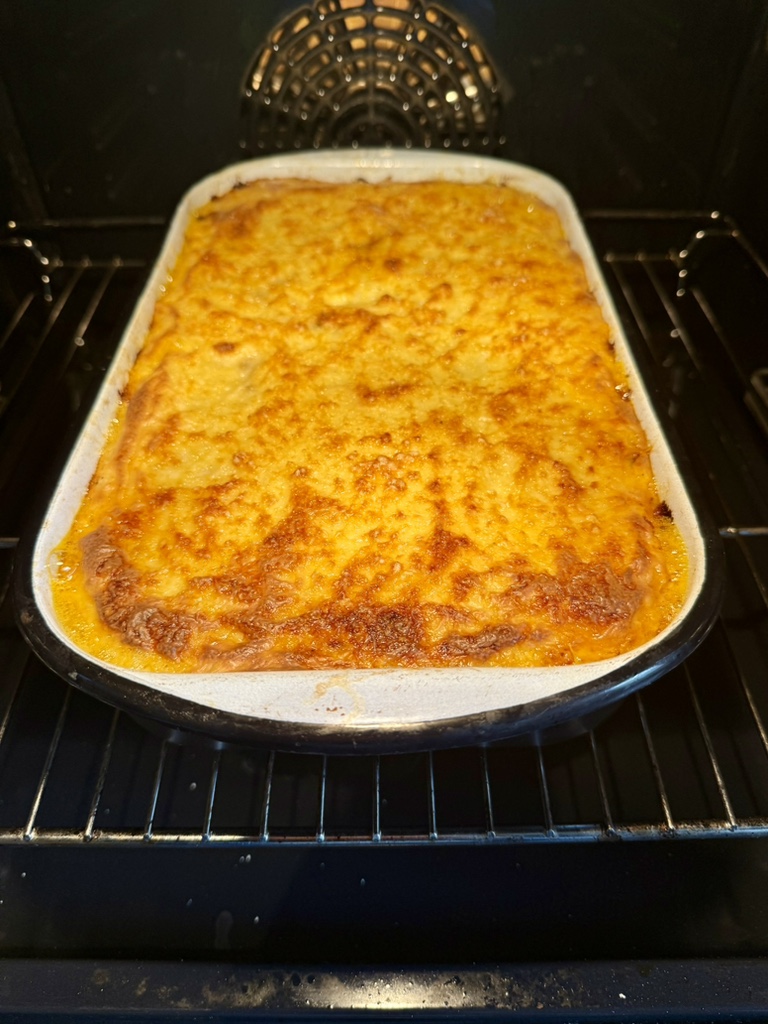
During this time, everything settles and the pastitsio remains nice and stable when cut.
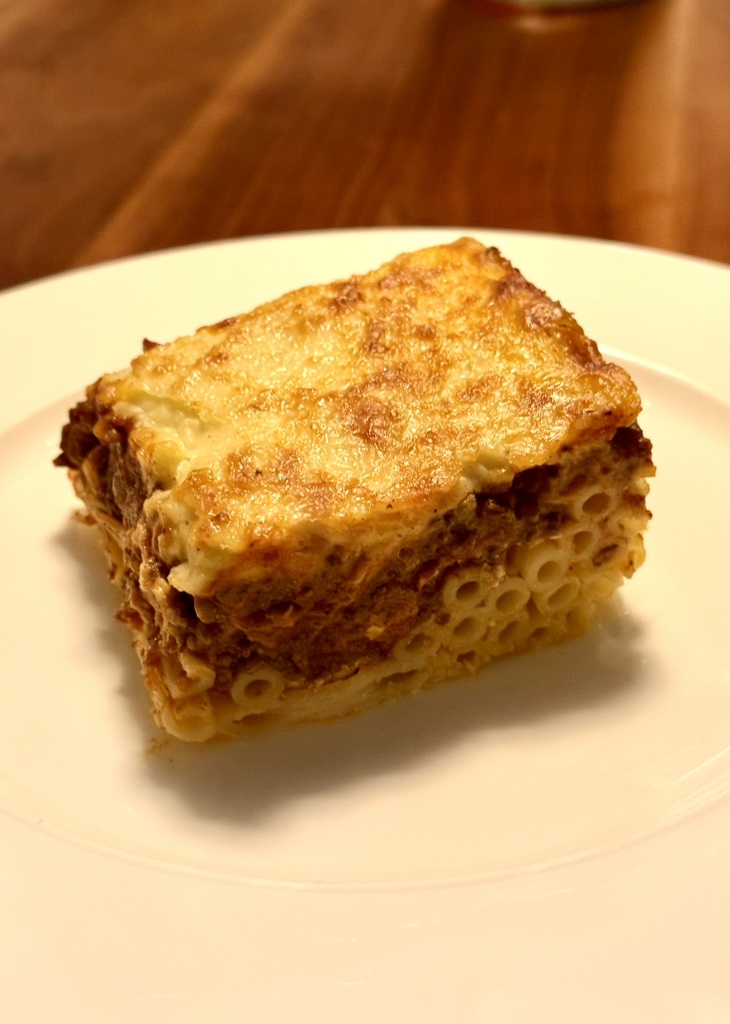
Enjoy.
And may the taste be with you.
Ingredients ( for 4 people):
Meat sauce:
2 medium-sized onions
3–4 cloves of garlic
800 g minced meat (beef and/or lamb, alternatively beef and pork)
400 g chopped tomatoes
Optional: 150 ml dry red wine
2 bay leaves
1 cinnamon stick or 2 tsp ground cinnamon
2 tsp ground cloves (or 1 tsp each of cloves and allspice)
1 tsp chilli or cayenne pepper
1 tsp sweet paprika
1 tsp black pepper
Salt to taste
Béchamel sauce:
100 g butter
100 g flour (standard, spelt or wheat)
750 ml milk (cold)
Black pepper and grated nutmeg to taste
120 g Parmigiano Reggiano, grated
2 egg yolks
Pasta:
500 g bucatini or ziti pasta
150 g feta cheese
2 egg whites
For the finishing touch:
120–150 g Gruyère, grated
